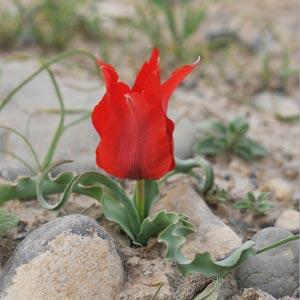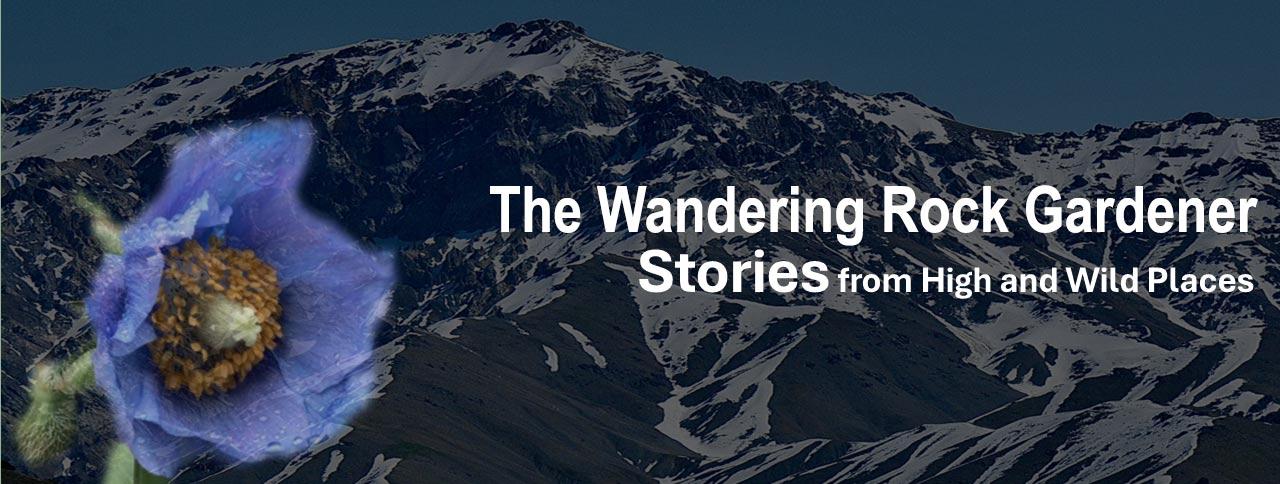
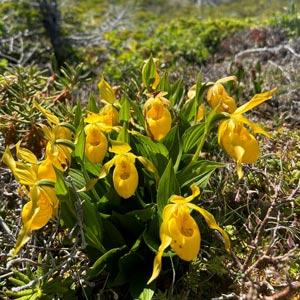
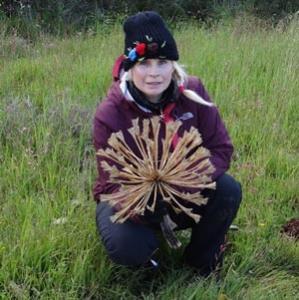
The talk will focus on the flora of the Limestone Barrens in Newfoundland, highlighting endemic species and arctic-alpine plants that thrive in this unique environment. I’ll also touch on the serpentine barrens of the Tablelands. While Newfoundland is predominantly covered by boreal forest and dotted with bogs, a rich diversity of flora adapted to these conditions will be discussed.
I'm Erika and a passionate plantswoman for over 40 years with a lifelong love of the natural world. My botanical journey began in childhood, surrounded by gardens my father created. Over the years, I’ve collected and grown a variety of plants, with a focus on alpines, woodlanders, native species, and bulbs. I now live and garden in Toronto, Ontario, where I maintain a small but densely planted garden filled with botanical treasures. I also have a cool greenhouse where I grow mostly South African bulbs, with a special interest in the Amaryllidaceae.
Beyond the garden, I enjoy birding, hiking, and exploring habitats across Ontario to observe native flora in their natural settings. Whether on a trail or in the greenhouse, I remain curious and inspired by plant life. This talk will reflect my years of exploration, cultivation, and admiration for the rugged yet delicate ecosystems that define Newfoundland’s botanical landscape.
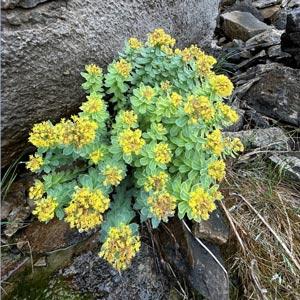
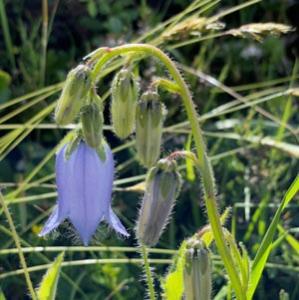
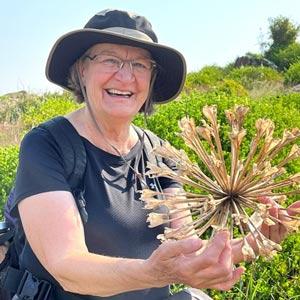
In 2022, NARGS organized a tour of the Bernese Alps in Switzerland—an unforgettable experience in the heart of alpine plant territory. Based in a cozy chalet in Wengen overlooking the breathtaking Lauterbrunnen Valley, our group explored the region using cable cars, trains, and even boats. Each day brought new destinations, with breathtaking mountain backdrops, lush meadows, and flower-filled fields stretching across every hue of the rainbow.
I’m Carol—a lifelong artist and gardener whose passion for botany began later in life. In 2007, I earned my Master Gardener certificate through the Calgary Zoo & Botanical Garden and have continued expanding my botanical knowledge ever since. While others were easing into retirement, I was launching a small gardening business catering to a few special clients. I have no plans to put down the hori-hori knife anytime soon.
My dream of visiting the homeland of my ancestors came true thanks to a chance encounter at an open garden, where I learned about a last-minute cancellation on the unforgettable NARGS Switzerland tour. I quickly claimed the spot—and it turned into a truly life-changing journey of beauty, learning, and inspiration. This presentation shares highlights from that unforgettable trip and the magic of discovering iconic alpine plants in their wild native habitats.
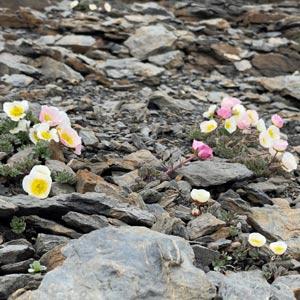
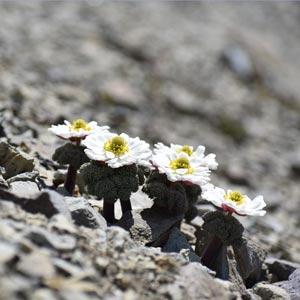

Between November 26 and December 7, 2023, I joined a NARGS expedition to Argentine Patagonia along the Chilean border—a region known for its wild plant diversity. From dry steppe to temperate rainforest, and scree-covered mountain slopes, the northern reaches of Patagonia offer remarkable botanical environments. Among the treasures: ancient monkey puzzle forests, a dazzling array of native bulbs, and over a dozen species of Viola.
I’m Tim, a native of Brookville, Pennsylvania, where my plant love began early in my family’s small greenhouse. I earned a BS in horticulture from Penn State in 2002 and relocated to Raleigh in 2005 to join Plant Delights Nursery. A year later, I began working at the JC Raulston Arboretum as horticulture technician. I’m an active member of the National and Piedmont chapters of NARGS and enjoy sharing plant knowledge whenever I can.
Over the years, I’ve botanized across North Carolina and beyond, immersing myself in the rich plant life of North America. The trip to Patagonia was a thrilling opportunity to study Southern Hemisphere flora and experience landscapes I had only read about. Join me as I recount highlights from the journey and showcase the spectacular diversity of plants in this stunning region.
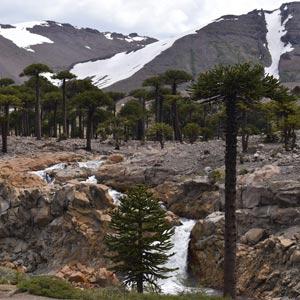
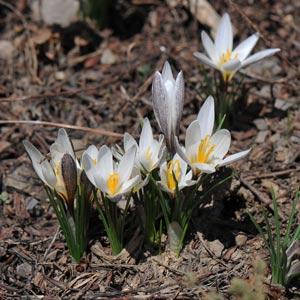

Central Asia is a botanical wonderland—home to wild tulips, Juno irises, and an abundance of early-blooming bulbs. Our NARGS tour to Tajikistan and Uzbekistan offered not only a chance to see these plants in their native habitats, but also a window into the region’s rich cultural heritage. Amid sweeping steppes and rugged mountains, we encountered floral marvels alongside turquoise-tiled mosques and vibrant cityscapes.
I’m Todd, and I live in St. John’s, Newfoundland, where I serve as chief horticulturist at the Memorial University of Newfoundland Botanical Garden. I’m currently the president of NARGS—the first Canadian to hold this role. Since 2009, I’ve authored the NARGS “Plant of the Month” series and managed the society’s online image gallery. In 2023, I also became tour manager for NARGS travel programs.
I regularly speak to horticultural audiences across North America, the U.K., and New Zealand. My publications include six photographic field guides on Atlantic Canada’s flora and three gardening books: Favourite Perennials for Atlantic Canada, Shrubs and Vines for Atlantic Canada, and Gardening for Acidic Soils (co-authored with Jamie Ellison). I’m thrilled to share stories and images from this unforgettable journey into Central Asia’s botanical and cultural landscapes.
